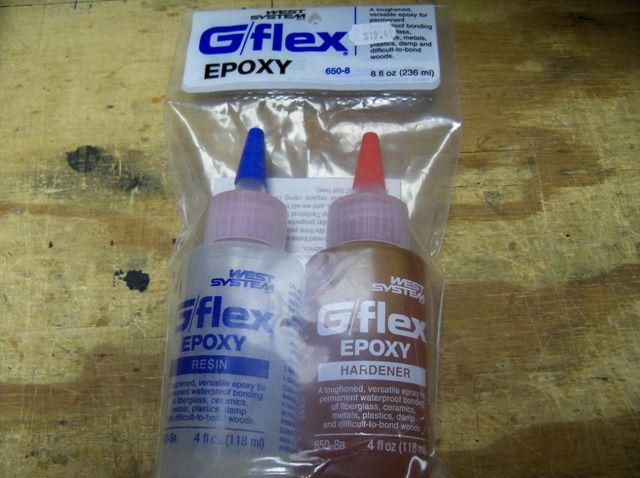Yes, it's true--- It's been a while, some time has passed and I can finally speak of it. (I'm joking here)
My trusted Bidule met a horrible, gruesome death on the mountain during the recent Cumberland event. After approximately 168 hours of flight time on the the original plane, it was a silly oak tree that wouldn't get out of the way. ( the oak tree suffered severe damage too)
RIP big guy!!!!
Onto the next Bidule 170-2 build.
This thread will incorporate most of the original modifications made to the highly capable Bidule 170 and include a few other appropriate mods learned along the way.
The modifications needed to change this plane from a good tug into a GREAT, durable and dependable front line tow plane are few, in fact, the fewest of all the tow planes I've had.
List of modifications needed
1) remove the balsa sheeting on bottom from firewall to the main gear mount and replace with 1/8 LITE PLY
2) add hardwood tri-stock around inside firewall and balsa tri-stock around inside cockpit wherever possible
3) add landing gear side saddle to each side of the fuse
4) install the Stewart nose wheel servo and plane saver
5) add a plywood support to the LE of the elevator saddle on the fuse ( more on this later )
6) change to Robart Hing Points and double the hinges on the Ailerons and flaps ( two next to each other )
That's it for MUST DO modifications. There's always personal changes guys are doing or different idea's on ways to do thing's, but as for absolute must do mod's that's all there is.
During this thread we'll address each issue and include some nice convenience changes or mods intended to make the tug even easier to maintain and operate but are not absolute necessary for the plane to be a front line tug.
Items we'll address for convenience and personal preference.
A) battery location
B) adding disc brakes
C) installing the header tank
D) wing attachment clips
E) nose wheel improvements
F) cockpit hold down screws

Not one of its finest moments.
Steve here: since the forum does not permit comments on the first post of the thread, let me edit it by saying: IT WAS ME! I did it. Guilty. Hung the tow line in a tree and that was that. Biduleus Interruptis.
My trusted Bidule met a horrible, gruesome death on the mountain during the recent Cumberland event. After approximately 168 hours of flight time on the the original plane, it was a silly oak tree that wouldn't get out of the way. ( the oak tree suffered severe damage too)
RIP big guy!!!!
Onto the next Bidule 170-2 build.
This thread will incorporate most of the original modifications made to the highly capable Bidule 170 and include a few other appropriate mods learned along the way.
The modifications needed to change this plane from a good tug into a GREAT, durable and dependable front line tow plane are few, in fact, the fewest of all the tow planes I've had.
List of modifications needed
1) remove the balsa sheeting on bottom from firewall to the main gear mount and replace with 1/8 LITE PLY
2) add hardwood tri-stock around inside firewall and balsa tri-stock around inside cockpit wherever possible
3) add landing gear side saddle to each side of the fuse
4) install the Stewart nose wheel servo and plane saver
5) add a plywood support to the LE of the elevator saddle on the fuse ( more on this later )
6) change to Robart Hing Points and double the hinges on the Ailerons and flaps ( two next to each other )
That's it for MUST DO modifications. There's always personal changes guys are doing or different idea's on ways to do thing's, but as for absolute must do mod's that's all there is.
During this thread we'll address each issue and include some nice convenience changes or mods intended to make the tug even easier to maintain and operate but are not absolute necessary for the plane to be a front line tug.
Items we'll address for convenience and personal preference.
A) battery location
B) adding disc brakes
C) installing the header tank
D) wing attachment clips
E) nose wheel improvements
F) cockpit hold down screws
Not one of its finest moments.
Steve here: since the forum does not permit comments on the first post of the thread, let me edit it by saying: IT WAS ME! I did it. Guilty. Hung the tow line in a tree and that was that. Biduleus Interruptis.



Comment